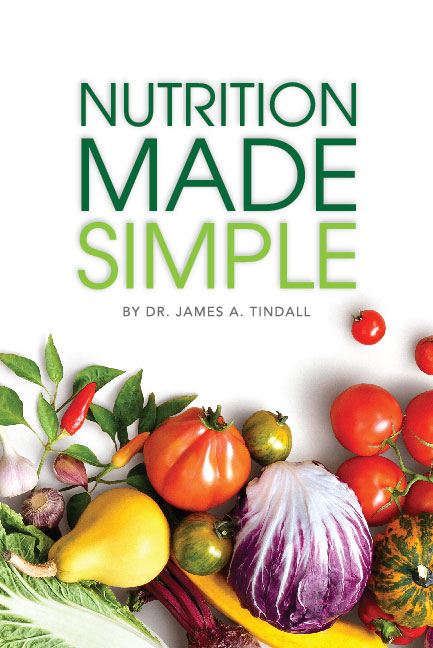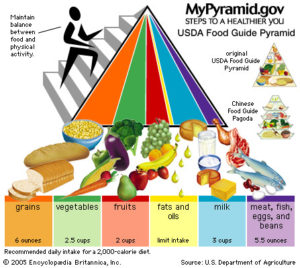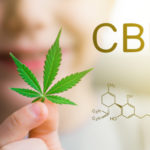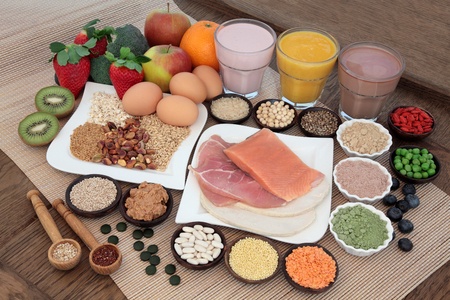Protein in the diet is often termed Diet–protein, complete protein, and incomplete protein. The latter are things you must watch for as selling points for every new, but not beneficial, protein that you may decide to supplement your diet with. The following information is designed to assist you in your understanding of protein in your diet.
Proteins are complex organic compounds. The basic structure of protein is a chain of amino acids that contain carbon, hydrogen, oxygen, and nitrogen. The presence of nitrogen differentiates protein from carbohydrate and fat.
Proteins are described as essential and nonessential proteins or amino acids. The human body requires approximately 20 amino acids for the synthesis of its proteins. The body can make only 13 of the amino acids – these are known as the nonessential amino acids. They are called non-essential because the body can make them and does not need to get them from the diet. There are 9 essential amino acids that are obtained only from food, and not made in the body.
If the protein in a food supplies enough of the essential amino acids, it is called a complete protein. If the protein of a food does not supply all the essential amino acids, it is called an incomplete protein. Most of us are familiar with the general foods that provide protein in our diet, but here’s a brief review.
All meat and other animal products are sources of complete proteins. These include beef, lamb, pork, poultry, fish, shellfish, eggs, milk, and milk products.
Protein in foods (such as grains, fruits, and vegetables) are either low, incomplete protein or lack one of the essential amino acids. These food sources are considered incomplete proteins.
Plant proteins can be combined to include all of the essential amino acids and form a complete protein. Examples of combined, complete plant proteins are rice and beans, milk and wheat cereal, and corn and beans.
Protein is the main component of muscles, organs, and glands. Every living cell and all body fluids, except bile and urine, contain protein. The cells of muscles, tendons, and ligaments are maintained with protein. Children and adolescents require protein for growth and development.
Advertisement: Amazon (click on photo for more info)

General Intake Recommendations For Protein:
The body does not make more protein than usual when dietary protein is increased, nor do the individual requirements of protein vary much. Extra protein in the diet is broken down in the body and the amino acids from this breakdown are used for energy; the excess is turned into fat. Typically, a nutritionally balanced diet provides adequate protein. Vegetarians are able to get enough protein if they eat the proper combination of plant proteins.
The amount of recommended daily protein depends upon age, medical conditions, and the type of diet one is following. Generally, ½ to ¾ gram of protein per pound of body weight is adequate. Even for athletes, the recommendation will not exceed 1 gram per pound of body weight. Two to three servings of protein-rich food will generally meet the daily needs of most adults. Additional needs can be met by consuming larger portions of recommended foods or with a dietary supplement.
The following are the recommended serving sizes for protein:
- 2 to 3 ounces of cooked lean meat, poultry, and fish (a portion about the size of a deck of playing cards)
- 1/2 cup of cooked dry beans, lentils, or legumes
- 1 egg or 2 tablespoons of peanut butter, which count as 1 ounce of lean meat
Select lean meat, poultry without skin, fish, and dry beans, lentils, and legumes often. These are the protein choices that are the lowest in fat. If you’re not at all familiar with diet or nutrition, please consult the food guide pyramid below (source: USDA).







